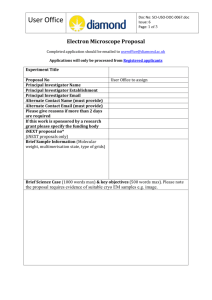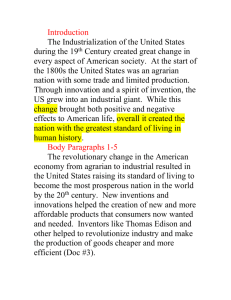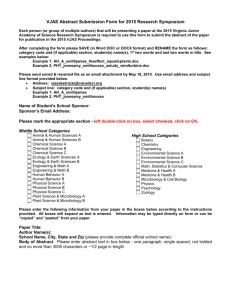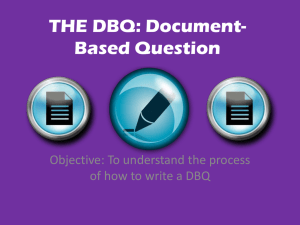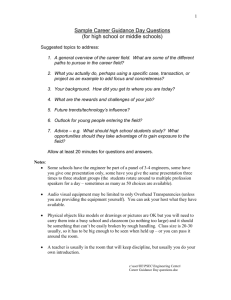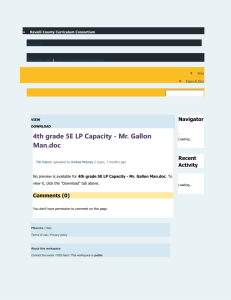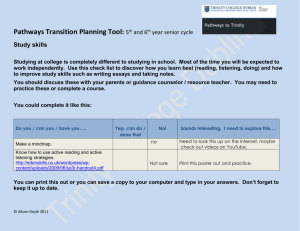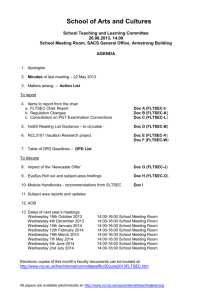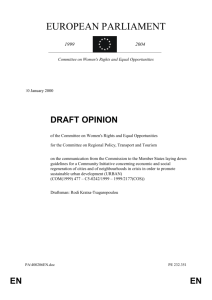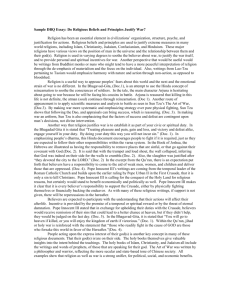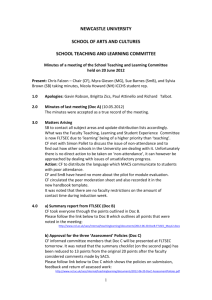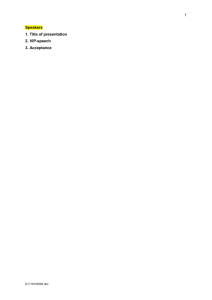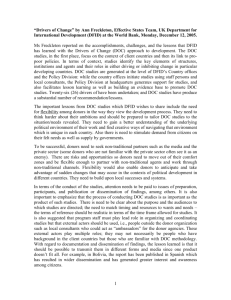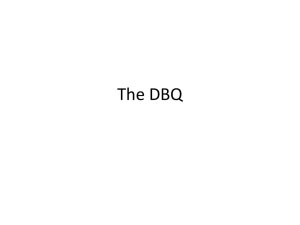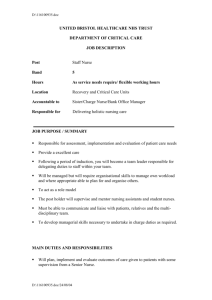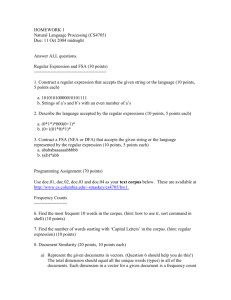The Columbian Exchange - School of Humanities
advertisement
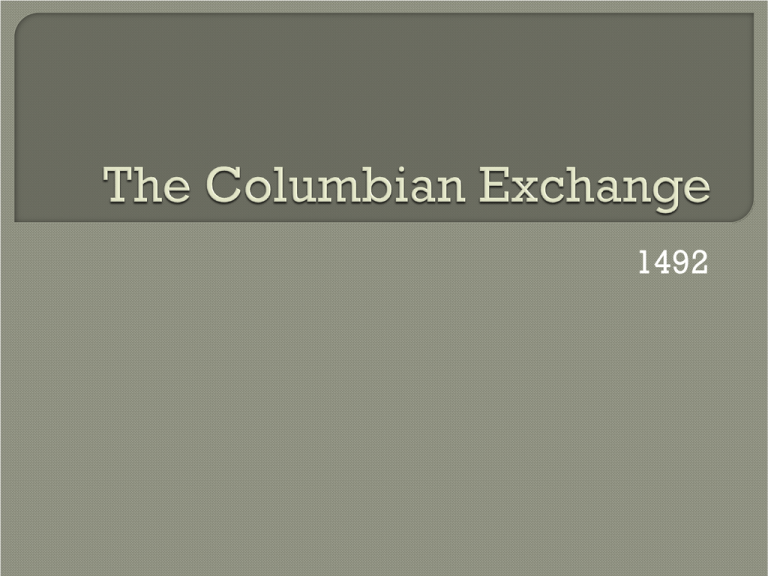
1492 “Before 1492, there were no tomatoes in Italy, no chocolates in Belgium, no potatoes in Ireland, no oranges in Florida, and no cattle in Texas.” The Columbian Exchange was the global diffusion of plants, food crops, animals, human populations, and disease pathogens that took place after the voyages of Christopher Columbus and other European mariners. It has both positive and negative consequences for the global world. New World Old World Domesticated Animals Turkey •Cattle •Sheep •Pigs •Horses Domesticated Plants Corn Tomatoes Potatoes Peanuts Vanilla Beans Cacao Pineapple Tobacco Peppers Sweet Potatoes Squash Pumpkins •Honeybees •Sugar Cane •Bananas •Grapes •Citrus Fruits •Onions •Olives •Turnips •Coffee Beans •Peaches, Pears •Grains: Wheat, Rice, Barley, Oats What were the three most used food commodities and its uses? http://video.pbs.org/video/1580446365/ Europeans: • Introduction of new foods • Varied diet • Population increases in Europe • New markets for trade • Colonization increased power and role as world leader Africans and Natives: • Introduction of new foods and animals • Forced labor • Atlantic Slave Trade and migration of peoples • Exposure to pathogens causing disease Brainstorm the positive and negative effects the Columbian Exchange had on the peoples in the Americas and the rest of the world. Write a summary. Using the documents, analyze how early Europeans responded to food items of the New World. Comparison to Andalusia, plants, the set up villages, fish Observations on the beauty Expecting to find many herbs Unbiased Observations about meal ingredients Meals includes starch, vegetable, protein Manioc aka Yuca (not Yucca Tree) or Cassava Native shrub/root to tropical regions Used as a carbohydrate Eaten boiled, deep fried or in stews Manioc is poisonous Must be boiled so it is safe to eat Similar to other foods that are dangers unless prepared specially. • Mushrooms • Almonds • Potato and Tomato seeds Observations of land and meal ingredients (doc 1 &2) & New Crops (doc 3&4) Similar to home food (doc 1 &2) & different to home food (doc 3 & 4) Neutral (doc 2), Positive (doc 1 &3), Negative (doc 4) Assistant Professor of History, School of Humanities University of California, Irvine Ph.D., University of North Carolina at Chapel Hill, 2001, History M.A., University of North Carolina at Chapel Hill, 1996, History B.A., University of Wisconsin - Madison, 1992, History & Latin American Studies Academic Focus: Colonial Latin America, the Andes, African Diaspora, Atlantic world, history of race, gender

